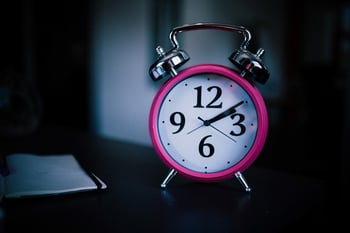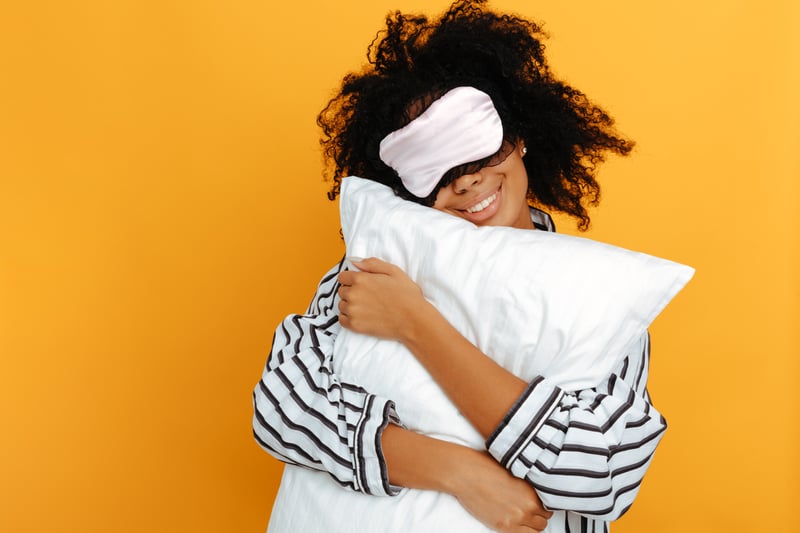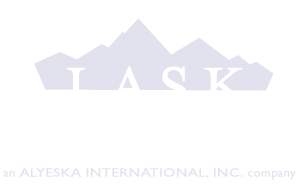Sleep is one of the most critical activities in your life you do every single day. You spend daily about one-third of your time sleeping, and having quality sleep is essential since it affects brain functions and other systems of the body. Meanwhile, lack of adequacy affects the brain, lungs, heart, immunity system, mood, and metabolism.
Ensuring Quality Sleep
Contrary to general knowledge, different technological advancements can help induce sleep. Having mobile applications such as Rise Science and other online-based platforms could promote better sleeping patterns.
You might be wondering how it can be possible when many studies believe technology hinders quality sleep when used before bedtime. Technology, when used wisely, can be a more effective tool to help you rest.
There are many ways to have a fulfilling sleep, and listed are some sleeping benefits you can achieve through technology:
- Smart Clocks Help Regulate Sleep Schedules
Maintaining a consistent sleeping schedule helps support a high quality of sleep. Through the use of technology, intelligent clocks are created not just to display what time to wake you up but also designed to help you fall asleep faster.

Smart clocks are intended to reduce screen-time usage of your devices at night and help you unwind and relax through the music it provides. Overall, it’s a tool to help manage your schedule to experience better sleep.
- Controlling Temperature Using Smart Thermostat
Sleeping cycles are also affected by the environment’s temperature, whether it’s too cold or too hot. Thankfully, a smart thermostat helps to have the right amount of coolness and warmth during sleep. You can adjust it to your preferred temperature by controlling your household’s heating and cooling systems. This technology ensures a high quality of sleep without you tossing and turning to feel the right condition.
- Interior Light Brightness Control
Sleep is regulated by a process called the circadian rhythm—a 24-hour internal clock in your brain that governs the period of alertness and sleepiness in your body to respond to light changes occurring in your environment.
As the sun sets and the light changes from daylight to darkness, the brain detects a change in radiation and temperature and signals your body to sleep. Using smart lightbulbs, you can control brightness inside your home to help induce sleep. This technology can also wake sleepers by gradually controlling light in the background and adjusting it to brighter shades gradually to lighten the household.
- Blue Light Blockers Lessen Emission
Exposure to all colors of light in the spectrum affects not only your eyes but your circadian rhythm as well. One of these light colors is the blue light that’s naturally emitted by the sun and other light sources.
Compared to other lights in the spectrum, blue light has a higher concentration and shorter wavelengths that help you be alert and active during the daytime. However, exposure to blue light during the night can disrupt your sleeping cycle. Smart devices are now designed to block blue light emission by activating ‘night mode’ settings on screened devices to adjust their brightness and boost the body’s ability to prepare for sleep.
Another benefit of technology is blocking glasses that can reduce blue light exposures of your eyes. Lessened blue light exposure to your eyes helps induce sleepiness, and these special eyeglasses use a coating to filter out the emission and prevent any side effects in your vision and sleep cycle.
- Sleep Tracker Applications
Another way technology can help you in your sleep is through sleep trackers. Downloading applications in your smart devices can help you keep track of your sleeping cycle, behavior, and pattern. It provides a journal to help you note the quality of your sleep and its duration. Sleep trackers help you identify areas in your sleeping time that must be modified to ensure the most optimum sleep quality.
- Relaxing Sounds From Smart Devices
Have you experienced trouble sleeping because it’s too silent at night? Smart devices could help induce sleep by playing ‘white noise’—audio that creates a blanket of sound to block sudden noise changes and help you create a relaxing environment.
These types of sounds eliminate silence to help you relax. Smartphones, smart speakers, tablets, and other devices play white noise on request. This sound ranges from your favorite relaxing ambient music, the sound of the rain falling, gentle nature sounds, and even the sound of a fan or washer, among many options.
- Applications About Meditation Exercises
One of the factors disrupting sleep cycles is stress. Have you experienced having too much to think about even when you’re at your bed resting? Such unhealthy thoughts deprive many individuals of sleep, affecting the physical, mental, and emotional state.
Meditation exercises available in your smart devices help you control your stress and lessen its effect on your sleeping cycle and mental health. Technology has made it possible for individuals to learn and practice meditation exercises even while in bed. You can listen to instructions through your speakers and relax your body and mind. Such activities free you of any disruptions and unhealthy thoughts, creating a relaxing moment for your body to induce quality sleep.
- Smart Beds To Adjust Sleep Comfort
The smart bed uses sensors and other technologies to monitor your sleep. The detectors could adjust the temperature of your bed to achieve optimal sleeping conditions. The smart bed was developed to improve your surface’s quality whether you prefer it cool or hot.
Unlike thermostats, a smart bed focuses on your sleeping surface, not just the temperature of your environment. It could also gather data about your breathing rate, heart rate, and the length of your sleep to help you have the best experience sleeping in your bed.
Final Thoughts
Contrary to popular opinion, sleeping and technology can work together by optimizing your sleeping cycle. As long as you’ll use it properly, technological advancements can give you the quality rest you deserve. Consider the things mentioned and try to apply those in your next sleep.








